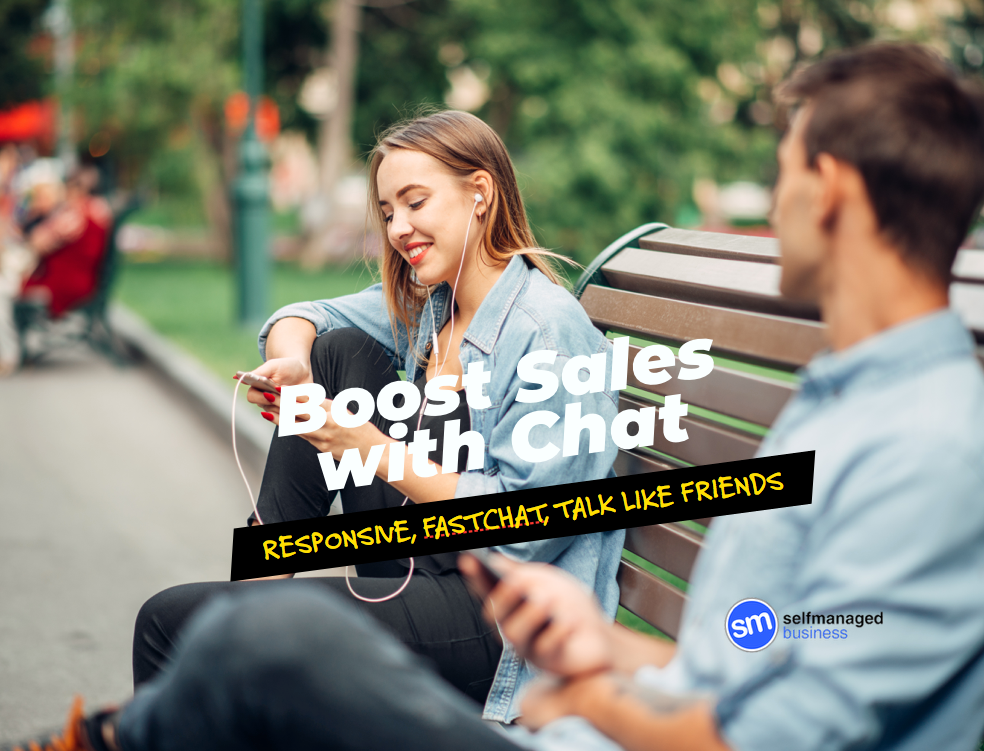The 5 Keys to a Successful 6 Figure Business: Part 3 Content Framework

When it comes to content marketing then demographics are the “who” and intent is the “why.” While it’s important to know who your users are, it’s also important to know why they visited your website.
- Are they looking to buy from you?
- Are they window shopping?
- Are they researching out of interest?
Intent-based content marketing is a powerful framework for identifying (and acting on) the triggers that bring users to your website.
Intent-based content marketing allows you to go beyond demographics.
For example, if you’re a company that makes squishy baby bathtubs, your first instinct may be to target new mothers, ages 20-30 with your content.
But, what about granny? Single dads? Single mums? The intent-based approach would be to target your content around people who are searching for “best baby bathtubs” or “how to bath your newborn baby”, rather than focussing in on one demographic.
Search intent is the new demographics, so it makes sense to build a great intent-based keyword list. Here’s how you can build a good intent-based keyword list
Research Your Core Keywords
Before you think about intent, research your core keywords. These are the products, services, and features you’ll build your search intent funnel around.

If you’re a small business owner your first inclination is to leverage the Google keyword research tool to help create a list of keywords.
So what tools do you need to locate some good keyword suggestions?
Lots of folks like to use the Google Keyword Planner to help them get started. Ubersuggest and Yoast’s Google Suggest Expander will also help and one of our favorites is Answer The Public.

Add Your Intent Modifiers
When you have a decent list of keywords you can then tackle the intent part of your keyword list.
This is the loose part, intent should be structured in a way that makes sense to your business. If you’re stuck for modifier ideas to marry to your core keywords, here’s a list of 50+ to help with the coupling.
There are three forms of user intent:
Informational intent
Informational intent essentially means that the searcher is looking for content as part of research, or their interests.The searcher has identified a need and is looking for the best solution. Examples of your queries might look like the following:
- [product name]
- what is [product name]
- how does [product name] work
- how do I use [product name]
The goal in this stage is to teach the user about your brand, and about how it’s relevant to their interests.
Commercial Intent
At this stage, the searcher has zeroed in on a solution and is doing comparative research and is interested in specific requirements and features.
For our research, we used best, compare, deals, new, online, refurbished, reviews, shop, top, and used.
Your commercial queries this type of searcher is looking for include:
- best [product name]
- [product name] reviews
- compare [product name]
- what is the top [product name]
- [colour/style/size] [product name]
Navigational intent
A user with navigational intent is looking for a specific resource. This could be a page on your website, a document they wish to download, or a video they want to view. They may also be looking to price and evaluate your service offerings or products against a competitor.
The content types this type of searcher is looking for include:
- FAQ pages
- Product manuals and warranty information
- Downloadable collateral content and guides
- Product listings and price comparisons
Transactional intent
Searchers with a transactional intent approach content with the purpose of completing a transaction. They’re convinced and ready to move down the sales funnel and convert.
The content types this audience is looking for include:
- Product reviews, demonstrations, and success stories
- Case studies
- Product brochures and Q&A
- Competitor comparisons
- Promoted events
Pro tip: A super quick way to add modifiers to your keywords and save your typing fingers is by using a keyword mixer like this one. Just don’t forget that using computer programs for human-speak means you’ll have to give them the ol’ once-over to make sure they still make sense.
Predicting user intent
To “predict” user intent, you can strategize your content creation efforts around pre-intent. Pre-intent is the motivation before the a-ha moment goes off and a user moves through the sales funnel. For example, say you’re creating content for a divorce lawyer. A good first step you can try to capture pre-intent is to brainstorm what could spark a searcher to decide to seek out a divorce lawyer. Maybe it’s a seasonal event such as Christmas, a major annual occasion, or an anniversary, etc.
When it comes to predicting user intent, focus on longtail keywords as they can tell you a lot more about user intent than broad, one- or two-word search terms.
It’s easier to make relevant, targeted content for a user who’s looking for “best at-home dye for brown hair” than “brown hair dye.” You can assume this user is either looking to learn more about hair dye or is looking to purchase a dye that best fits their specific hair.
While long-tail keywords may have lower search volume, they allow you to narrow your focus to a specific subset of user intent.
Final Step, Audit Your List and Create Content
Here are a few considerations to keep in mind when removing keywords from your list to reveal the best.
- Relevance. Are your keywords represented on your site?
- Search volume. Are you after highly searched terms or looking to build an audience?
- Opportunity. How many clicks and impressions are your keywords raking in?
- Competition. What other websites are ranking for your keywords? Are you up against SERP monsters like Alibaba?
- Difficulty. How easy is your keyword going to be to win? Search volume can give you a rough idea — the higher the search volume, the stiffer the competition is likely to be — but for a different approach,
Action step: Create a list of intent-based keywords for your next piece of content and discover the power of intent-based SEO
P.S. WHENEVER YOU'RE READY...
Here Are 4 Ways I Can Help You
And Your Coaching Business Right Now!
Previous
Next






